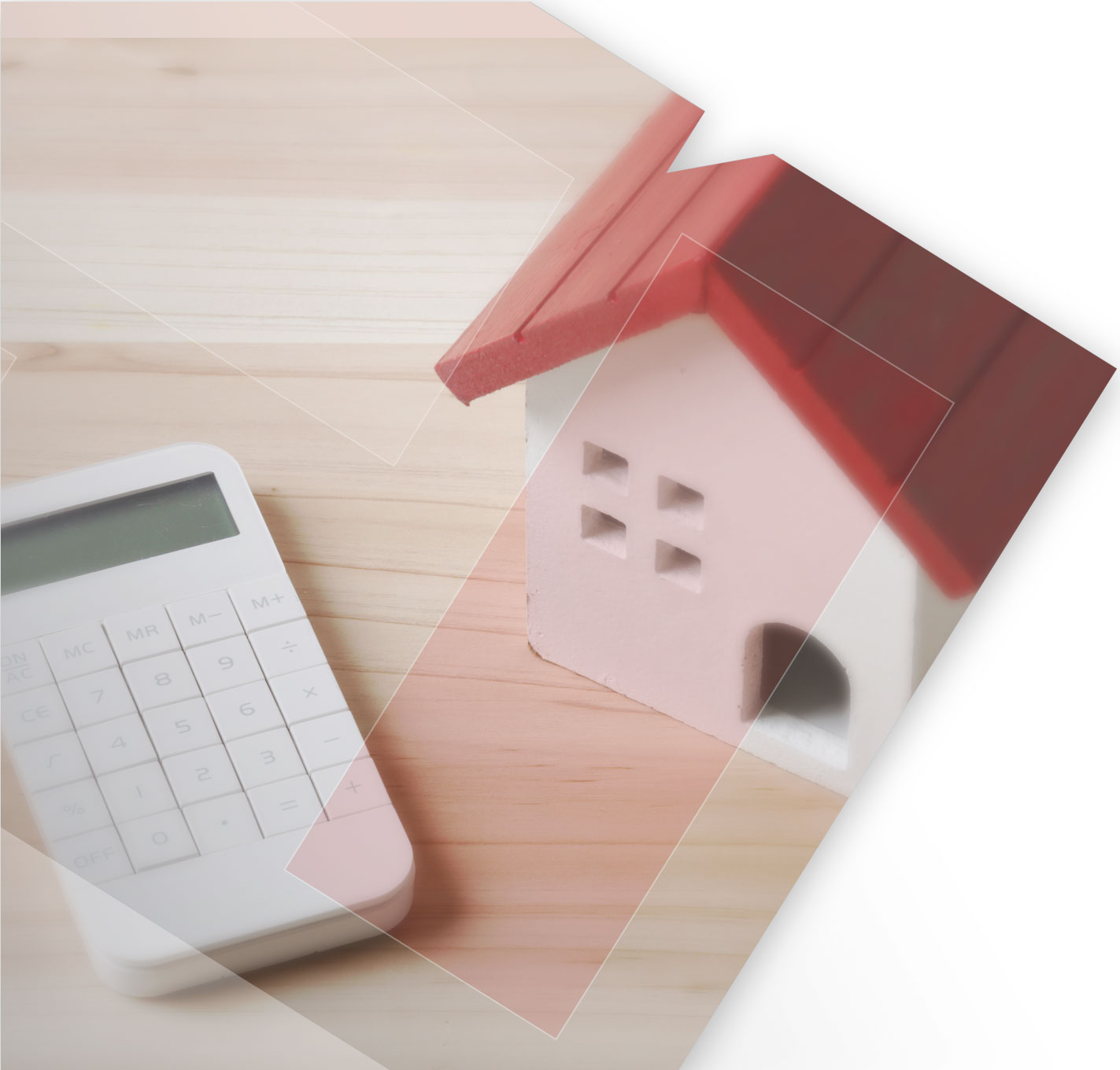Transferable Development Rights or TDR can be considered as an important raw material in the real estate industry as it allows the developer to build over and above the permissible Floor Space Index (FSI) under the prevalent rules of the respective locations. On the back of growing urbanization and lack of availability of space, TDR assumes a greater importance especially in the suburban areas of the cities.
When the Government undertakes compulsory acquisition of individual land parcels for creating infrastructural projects, it is required to compensate the land owners. The compensation provided by the Government is usually lower than the market rate, and hence they introduced the concept of Transferable Development Rights. These rights are obtained in the form of certificates, which the owner can use for himself or can trade in the market for cash.
Based on the stage of development, a city is classified into various zones like fully developed, moderately developed and sparsely developed. The Transferable Development Rights are usually transferred from the fully developed zones to other zones and not vice-versa. For example, in the case of a city like Mumbai, the TDR which is generated in the island city (i.e. southern part) will be utilized for development in the suburban areas (i.e. northern part). The underlying principle of such utilization is also to facilitate development of the underdeveloped areas.
%20%E2%80%93%20The%20Concept0.jpeg)
%20%E2%80%93%20The%20Concept1.jpeg) Types of TDR
Types of TDR
Predominantly, there are four types of TDR that are generated – Road TDR, Reserved plots TDR, Slum TDR and Heritage TDR. In most of the cities, majority of the construction activities take place with the aid of slum TDR.
%20%E2%80%93%20The%20Concept2.jpeg) TDR Market
TDR Market
Just as the stock market, cities like Mumbai do have a huge TDR market in place. As these TDR certificates can be traded in the market for cash, most of the developers purchase the same and utilize them for increasing their permissible development rights. TDR trading follows the open market principle wherein the pricing is entirely driven by demand, supply and availability and there is no Government control over the same. In most of the cases, an average person does not get to know about the way TDR is bought, sold or transacted.
%20%E2%80%93%20The%20Concept3.jpeg) Criticism to TDR Concept
Criticism to TDR Concept
On a conceptual level, TDR seemed to be a perfect urban development tool as it facilitated the development of suburban locations. However, developers used it as a tool to maximize the saleable area in a few prime locations. This excessive construction has resulted in congestion in the suburbs, haphazard and unplanned development, and intense pressure on infrastructure - a move severely criticized by the planners and environmentalists.
Another criticism to the concept is that it has lead to an increase in the real estate prices. Since the TDR acquisition cost is loaded onto the project cost, the developers increase the final pricing of the project. In order to curb this, the Government should have some mechanism to keep a check on the quantum of TDR available in the market and the trading price.
Home calculations made easy to help you plan your home
MISSED CALL
Give us a MISSED CALL for New Home Loan
- 09289200017
%20The%20Concept.jpeg)


































